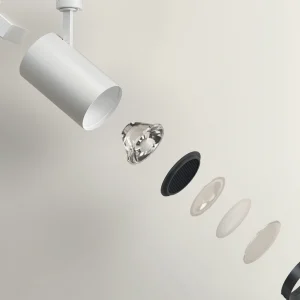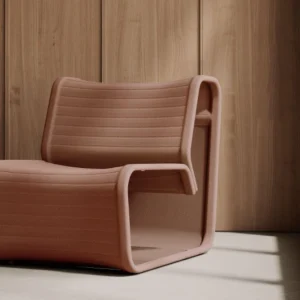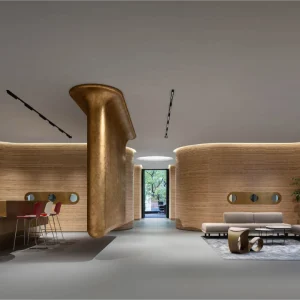Roehampton House, along with an additional two gatehouses and five garden villas, has been converted into 29 exclusive properties set within four acres of landscaped grounds and formal gardens.
The development offers two, two-bedroom detached gatehouses as well as 22 uniquely designed one-, two- and three-bedroom apartments within the main building.
All houses feature individual layouts, with spacious rooms and generous ceiling heights.
The project has also restored five Garden Villas set within the grounds of the mansion house, which now offer 21st century living within an 18th century setting.
Each of the detached villas includes two bedrooms as well as a private rooftop terrace and landscaped courtyard gardens.
In addition, residents of the villas will have access to all of the on-site amenities and services, including exclusive access to the gardens.
The restoration has lent an exclusive character to all the apartments, reflecting the building’s fascinating history.
Various period features have been retained such as round portal windows, large, Georgian sash windows, intricate cornicing, fireplaces, terraces and roof terraces, wooden paneling and an original staircase.
Two show apartments have been designed on site by Vogue Interiors.
The apartments are fitted to a high specification, featuring Alno kitchens with V ZUG appliances; flooring including marble, stone, wood and carpet; and fitted wardrobes with dressing rooms to master bedrooms.
There will be two secure parking spaces and extensive on-site services, including a fully equipped gym, a resident’s commuter coach service to nearby transport links as well as an estate manager.
Additional storage space and wine cellars are also available.
St James worked in partnership with English Heritage and the London Borough of Wandsworth for the Roehampton project.
The building was originally designed in 1712 by Thomas Archer, as a family home.
It was later expanded in 1910 by Sir Edwin Lutyens and was used as a convalescent home for injured soldiers during World War I, until St James acquired the building in 2006.





